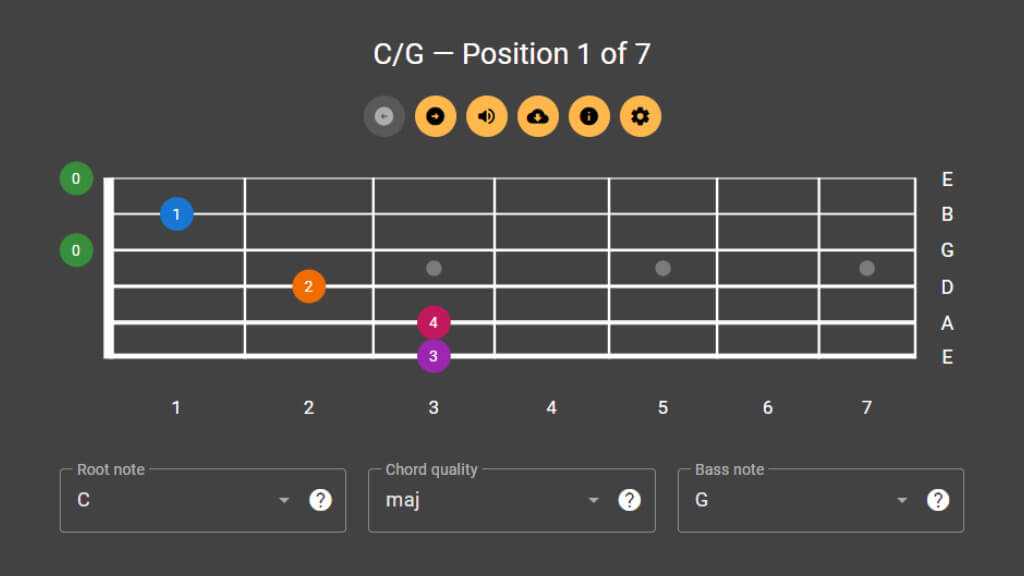Formula and Structure of the E11 Chord
Interval formula from the root note: 1 — 3 — 5 — b7 — 9 — 11. The chord consists of the following notes:
- E — unison and the main tonal anchor.
- Ab — major third with a bright major quality and clear stability above the tonic.
- B — perfect fifth, stabilizing the triad and adding tonal grounding.
- D — minor seventh with dominant pull toward the tonic.
- Gb — major ninth, opening the top line and adding airiness to the texture.
- A — eleventh with a spicy fourth above the octave, best voiced apart from the third.
Together, these notes form the harmonic foundation of the E11 chord, defining its sound and role in the musical context.
Alternative Names for the E11 Chord
There are no alternative names for this chord.
Using the E11 Chord
Put the 11 in the middle register and separate it from the 3 and b7 to avoid excessive harshness. Use a leading tone for a smooth resolution. Works well in blues, funk, and jazz passages where the 11 adds spice without breaking the harmonic base.
Conclusion
E11 is an expressive and versatile chord. Learn several fingerings, experiment with different positions and voice spacing, then try weaving it into your own playing — this will help you quickly find your unique tone.













